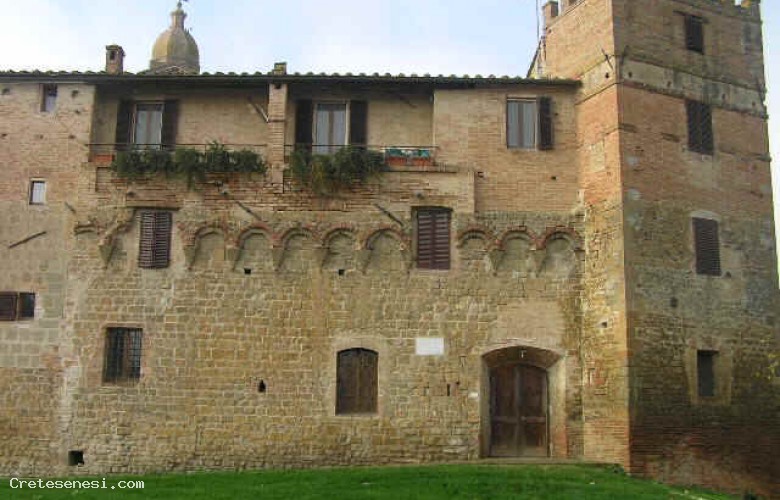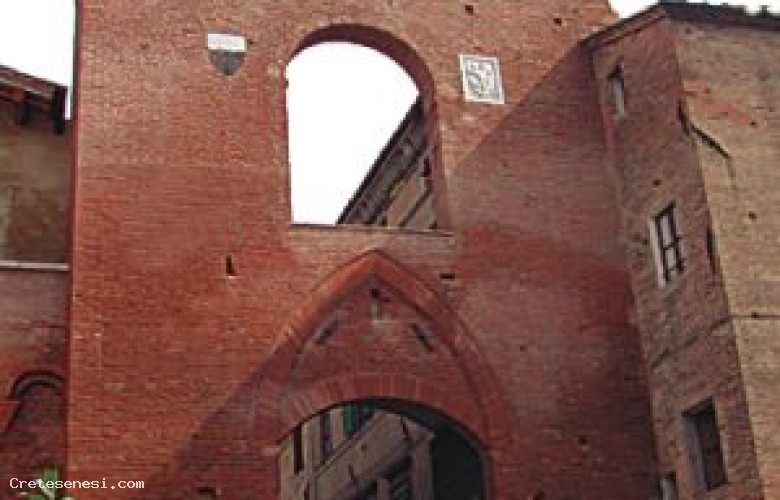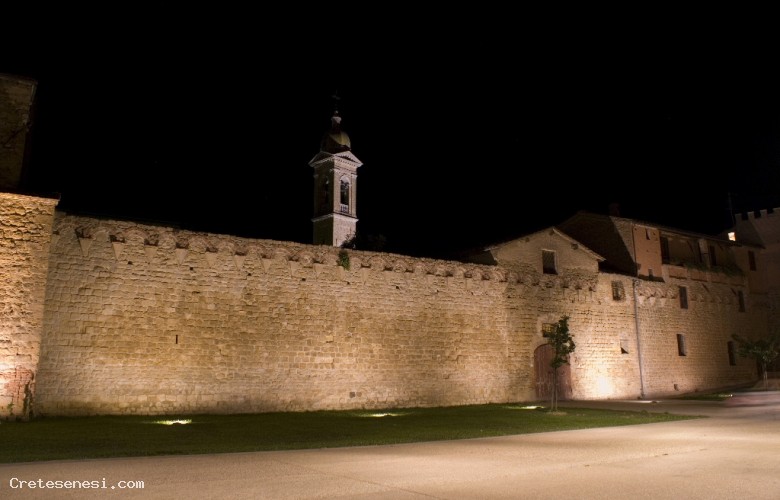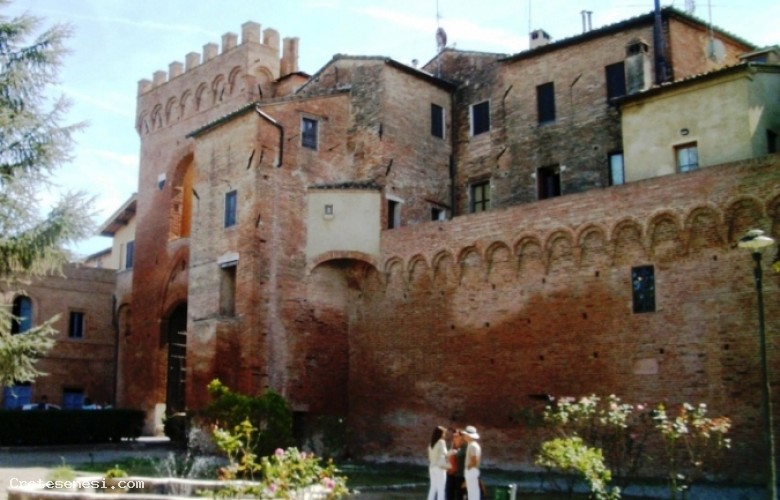Palaces & Monuments
Mura di cinta di Buonconvento
BUONCONVENTO LISTEN THE AUDIO GUIDE
LISTEN THE AUDIO GUIDE




As its name suggests Buonconvento (‘good shelter’) has always been a stopping place for travellers and trades people. It stands at the confluence of the rivers Ombrone and Arbia, a day’s ride from Siena on the old Cassia road for Rome. Dante mentions Buonconvento because in 1313 the Holy Roman Emperor Henry VII of Luxemburg was sheltering here with his army when he died of malaria. Buonconvento was sacked in 1358 during Siena’s wars with Perugia, and the Republic of Siena decided to strengthen its strategic outpost. The walls you see today were built over 10 years from 1371, and Buonconvento resumed its important role as the first safe overnight post outside the capital on the road to Rome. In 1455 the walls were reinforced by a tower on the gate facing Siena, and an outer gate on the opposite side facing South. Crenellations protected an internal walkway, and the town was further defended by a ditch and moat. In 1799 bricks were taken from the crenellations to restore the church, and in 1832 the outer gate was demolished to make way for road traffic. Finally, in 1944, as the German Army withdrew from Tuscany, the gate facing Rome and part of the walls adjoining it were destroyed by a mine.
(Tosi Caton)As its name suggests Buonconvento (‘good shelter’) has always been a stopping place for travellers and trades people. It stands at the confluence of the rivers Ombrone and Arbia, a day’s ride from Siena on the old Cassia road for Rome. Dante mentions Buonconvento because in 1313 the Holy Roman Emperor Henry VII of Luxemburg was sheltering here with his army when he died of malaria. Buonconvento was sacked in 1358 during Siena’s wars with Perugia, and the Republic of Siena decided to strengthen its strategic outpost. The walls you see today were built over 10 years from 1371, and Buonconvento resumed its important role as the first safe overnight post outside the capital on the road to Rome. In 1455 the walls were reinforced by a tower on the gate facing Siena, and an outer gate on the opposite side facing South. Crenellations protected an internal walkway, and the town was further defended by a ditch and moat. In 1799 bricks were taken from the crenellations to restore the church, and in 1832 the outer gate was demolished to make way for road traffic. Finally, in 1944, as the German Army withdrew from Tuscany, the gate facing Rome and part of the walls adjoining it were destroyed by a mine.
(Tosi Caton)